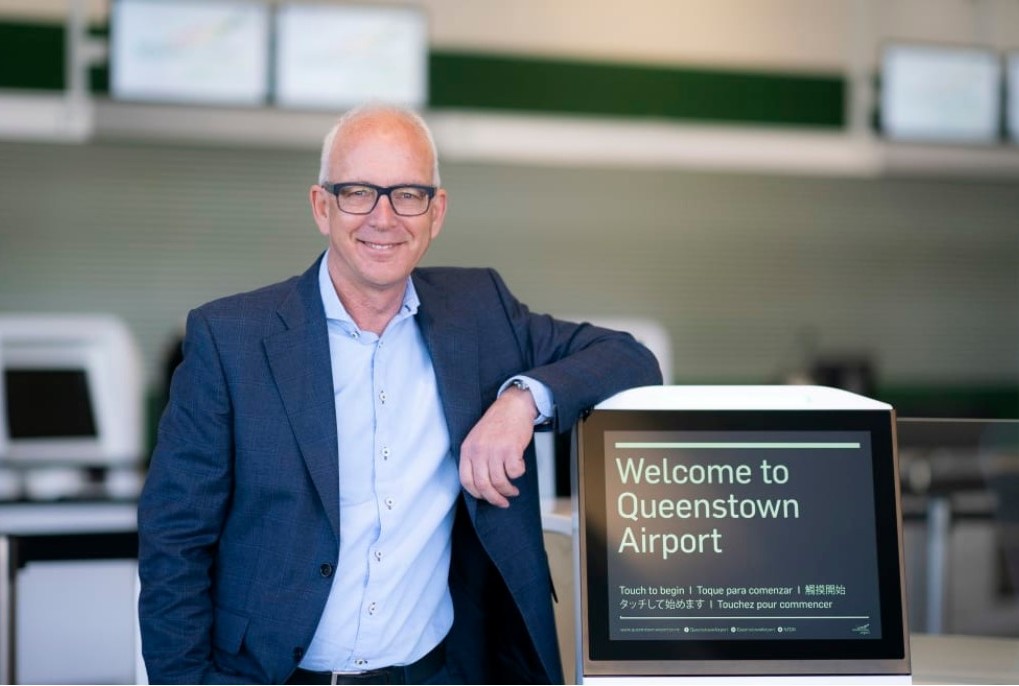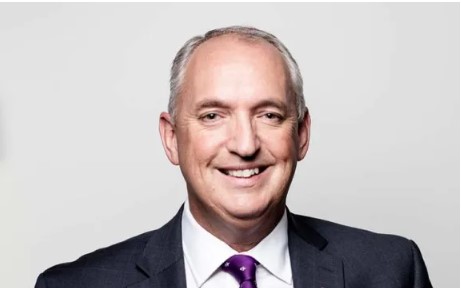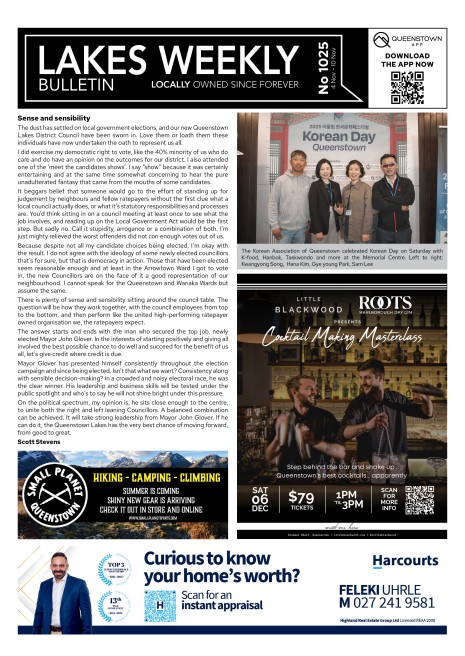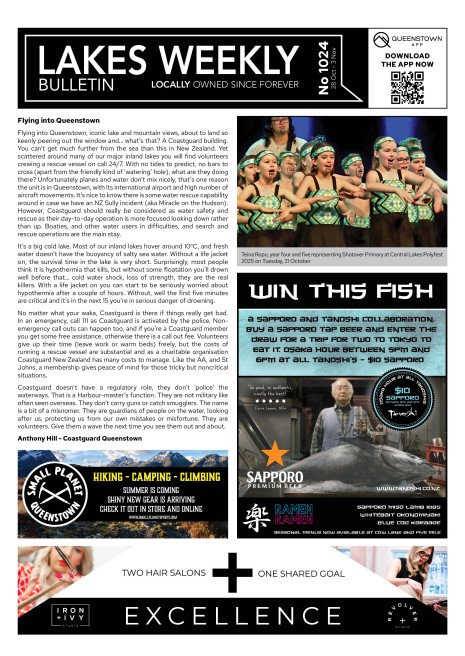'Bigger bird' likely involved after flames seen coming from plane

Queenstown Airport's chief executive believes a large bird must have been involved in an incident which resulted in flames coming out of plane soon after take off.
Virgin Australia was working to get passengers back to Melbourne as soon as possible after the frightening take off from Queenstown last night.
Flames were seen coming out the back of a Boeing 737 that departed from Queenstown on Monday evening, forcing the plane to divert to Invercargill where it landed safely.
It's believed the plane carrying 67 passengers and six crew suffered a possible bird strike.
Glen Sowry told Morning Report bird strike couldn't be confirmed until the 737's engine was inspected by engineers.
There had been a couple of confirmed bird strikes involving smaller birds at the airport over the past month, which was pretty normal activity, he said.
"There's a tremendous amount of effort goes into managing the risk of bird strikes and to do that we put a lot of effort into everything as simple as making sure that grass at the airport is kept short, there's no standing water, so making it as unattractive a place for birds to be as we can."
A runway inspection just minutes before the Virgin Australia flight left detected no birds, he said.
Small birds typically didn't do too much damage, Sowry said.
"Normally it's the small birds that we see around Queenstown Airport.
"It's possible that this may have been a bigger bird that's come into contact with this aircraft...If you get a bigger bird that is ingested into an engine, which looks probable that this is what may have occured on this occasion, then depending on where abouts through the engine it goes it can do quite significant damage to critical parts of the engine."
Sowry said it was the pilots call to divert to Invercargill, though there was no reason they couldn't have land safely in Queenstown.
He expected many of the passengers would be returned to Queenstown to make their way to Australia.
Spectacular' but pilots trained
Commercial pilot Mike Fransham told Morning Report the bird strike would have looked "quite spectacular" but pilots were well trained to deal with it.
"Modern simulators can reproduce exactly what that crew experienced last night and therefore you can be trained to handle the effects of the compressor stall."
There would have been a loud backfiring noise and the plane may have moved sideways following the hit, he said.
Fransham acknowledged it was "most unnerving for passengers" but the pilots would have known immediately what was going on.
"These things happen but it's a testament to the training that the airlines put in place and the skill of the pilots that the aircraft pulled up at the terminal in Invercargill and everyone disembarked, and apart from passengers getting a very bad fright of course, they're all at home with their families."
Earliest travel to Australia being arranged
Virgin's Chief Operations Officer Stuart Aggs said the airline arranged overnight accommodation for passengers.
The airline was arranging for their earliest travel to Australia, he said.
"We wish to express our appreciation for the support of Invercargill Airport, Emergency Services, local Air New Zealand team members and our crew onboard in helping to support tonight's response effort."
Air New Zealand's chief flight operations and safety officer Captain David Morgan told First Up pilots and cabin crew were trained to deal with bird strike.

Air New Zealand's Chief Flight Operations and Safety Officer Captain David Morgan. Photo: Air NZ
He said he experienced it himself near Invercargill "many years ago".
"Took a couple of oyster catchers down the left edge and we had the same situation where you have flames coming out the back of the engine, nothing to be concerned about from a pilots perspective but very disconcerting for the customers I'm sure."
While the Monday incident would be investigated by both the Civil Aviation Authority and the Transport Accident Investigation Commission, Morgan said the important thing was they landed safely and everyone was ok.
"It looks like, to me, a bird strike has occurred on take off out of Queenstown and when that does happen it upsets the gas path or the airflow through the engine and that does cause a backfiring that can occur and that causes the flames."
Turbulence 'not going away'
The possible bird strike comes after clear air turbulence caused two people to be injured on an Air New Zealand flight out of Wellington on Sunday.
David Morgan said there were different types of turbulence, some which could be forecast and others which couldn't.
"New Zealand is a country that has a lot of turbulence and we handle it pretty well most of the time."
Wellington, Dunedin, Queenstown and Christchurch were particularly prone to turbulence because of the hills near the airports, he said.
"There's no doubt about it that the issue is not going away, it's potentially getting worse."
It was a good justification for people always having their seatbelt on, even when the light was off, Morgan said.
Audio:










